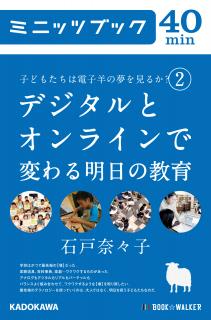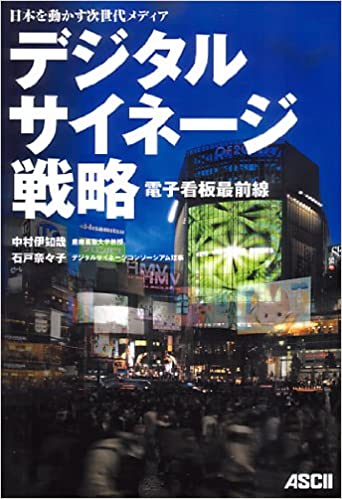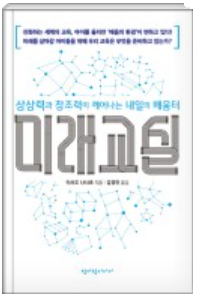English
- 2014.10.26
- 【EN】The Spread of Programming Education
The Spread of Programming Education
I founded CANVAS, a non-profit organization, 12 years ago in Japan with a mission to create and provide new forms of creative learning for children. We also have hold programming workshops as a part of our mission. There were workshops for modelling, video shooting, science, dance, and more that served over 350,000 children, but the programming workshop never achieved much popularity. However, these days a programming education boom can be observed. One sees stories about programming on the TV, in the newspaper, and in magazines. The skills and tools have been available, but there remains a wide gap between programmers and users. However, with the spread of tablets and smartphones, the use of a computer has become commonplace with children and their parents and they have come to realize their importance.
Based on the new course of study, learning how to measure and control using programming has become compulsory in home economics classrooms as of 2012. Furthermore, a strategy put forth by the cabinet in June of 2013 to “create a world-class IT infrastructure” includes the recommendation that in order for government, industry, and academia to have a steady supply of IT human resources, programming and IT instruction should be recommended at the compulsory education stage,” and that “in addition to programming instruction at the primary and secondary levels of education, at the higher education level cooperation between industry and education should be strengthened and promoted to ensure the continued nurturing of IT human resources,” such that Japan will be declared the “world’s most advanced nation” for information technology. This, in addition to many other reasons for a boom in programming education, is providing a real boost.
One can see the same movement in other countries. England is currently considering a new curriculum in which programming will be taught starting in primary school. Estonia implemented such a program in 2012, and New Zealand, South Korea, and Israel have started to offer programming at the primary education level. Even in Finland, it has been decided that programming will be a mandatory part of the primary school curriculum starting in 2016.
Reference:
Japanese: http://www.huffingtonpost.jp/techcrunch-japan/education_b_4734377.html
English: http://techcrunch.com/2014/02/04/uk-government-backs-year-of-code-campaign-boosts-funds-to-teach-code-in-schools/
In addition to public education program, Ireland has implemented a CoderDojo program that teaches programming to children. It has spread to 400 locations in 45 countries. In the US, Code.org has started a campaign to make the study of programming compulsory, and Bill Gates is one of their supporters.
During the “Computer Science Education Week” held in December of 2013, president Obama released a video that received a great response. “In addition to buying video games and downloading applis, more than just playing, I want everyone to learn how to program.”
Reference:
Japanese: http://techacademy.jp/magazine/1260
English: http://lybio.net/barack-obama-president-obama-calls-on-every-american-to-learn-code/speeches/
CANVAS has held programming workshops since founding. Beginning in the summer of 2012, the “Programming Workshop in Tohoku” has been deployed in elementary school classrooms mostly around Miyagi. In particular, they have been held in Miyagi prefecture’s Ishinomaki, Kesenuma, Tagajo, Shichigahamamachi, Wataricho, and Sendai. In about half a year, approximately 600 students attended.
With a subject of “Make a game for yourself!” children are taught how to use the Scratch programming language. Scratch is a programming language developed for children by the MIT Media Lab. It isn’t necessary to type using the keyboard. Programs are constructed with the mouse by connecting blocks, in the manner of building blocks.
When asked “Do you play games?” by the teacher, the students excitedly talk about their favorite games. “Well then, how do they make those games that you play? How do the characters move?”
Games are made by people giving orders to computers. To order a computer is called ‘Programming.’ Today we will learn about how they are made, and each of you will make a game for yourself. We’ll go from “Let’s play a game” to “Let’s make a game.” Let’s challenge ourselves!
Many questions arise, such as “I want to make my own character!” “I want to change the setting!” “How do I set a time limit?” and “I want to add background music!” The programming invariably continues into break time, and in the end the students have figured out how to do things that they hadn’t been taught yet.
After completion, the students all play each other’s games. Every single one of them is different. Because the students all worked to create their own game, they are then able to appreciate how their friends created their games as well. While playing the games of others, they think of new ideas and improve their own games. One can often see teachers who are surprised at the ingenuity and originality displayed by their students, and by the fact that their students no longer need to be asked to do something but rather ask if they can do it themselves.
We have received a lot of feedback from teachers:
”I want to teach the children to think, act, and execute on their own. I felt that this workshop was perfect for achieving that goal.”
”The students were highly motivated. I could see it in their eyes.”
”It made me think about the importance of utilizing techniques that remind the students of how fun it is to figure things out for oneself. This workshop helps to expand children’s dreams.”
Through programming children can be handled freely in this manner and the possibilities are endless. For example, children can use programming to paint a picture, create music, create animation, make a game, make an animated greeting card to send to a friend, make digital art, and make simulations. Looking at the things that children create one can see that there are many possibilities. If you add a sensor or a motor to the mix then the children can make robots and other moving toys.
The ability to make an item requires knowledge of many different disciplines, including how to make arithmetic calculations and graphs, reading and understanding instructions, and developing the creativity required to draw or create music, but when children are creating something for themselves they naturally find a way to learn these things on their own. By “Learning how to learn” they learn about much more than just how to make a game. They learn a lot about the world and experiencee how rich it is. Scratch is a tool designed for this purpose. I am often asked why I provide a place for children to learn about programming.
I believe that it is more important to learn “by” programming than to learn “to” program.
Through programming, children can learn a variety of things. Firstly, by learning programming students build up their own knowledge. They learn what it is possible to do through the trial-and-error process of building, testing, and fixing.
By combining programming with other school courses students gain a deeper understanding of the processes involved and naturally want to further explore them. Knowledge gained in this way is easier to integrate and apply to all endeavors and increases the overall power of the individual.
Also, programming requires that one must analyze, subdivide, and prioritize to solve a problem. Solutions must be expressed clearly and logically for a computer to understand, so this helps students to think logically and increases their problem-solving capabilities.
What’s more, they learn a new way of expressing themselves. The process of making something is one form of expression. Programming is a new manner of expression that wasn’t available to them until now. They now have the ability to make a three-dimensional object move. Just as they had clay and crayons before, now they have the new tool of programming.
Programming is enormously effective at teaching children the skills of communication and creativity that they will need in today’s information society. We want this program to teach them to think logically, to increase their problem-solving skills, to help them cooperate with others, and to help them to imagine new and creative ways of looking at things.
Building upon their experiences In Tohoku, CANVAS will start the PEG (Programming Education Gathering” program with the support of Google to expand programming education to the entire country. PEG is for children from 6 to 15 years of age, and has prepared 5000 palm-sized computers known as “raspberry pi.” Scratch will be used as the programming language, and in one year the goal is to have 25,000 children participate. In particular they will develop a curriculum, offer workshops both for children and for teachers, sponsor symposiums, and deliver information via a website concerning programming know-how.
The most important aspect of the PEG program is the “gathering.” PEG plans to incorporate schools, museums, NPOs, families, areas, industry, and municipalities in its goal of having people get together to study programming.
PEG began receiving inquiries immediately, and there are already 7 elementary schools, 23 middle and high schools, 9 universities, and 23 prep schools, NPOs and educational groups involved. Gatherings are already planned for Aichi, Yokosuka, Kitakyushu, Koriyama, Miyagi, Okinawa, and more.
Here is an example. At Keiyo elementary in Tokyo, approximately 350 students were given a raspberry pi device and asked to use it in language, mathematics, and science classes.
On July 9th, 2014 the 3rd grade class 1 held an open class during 5th period. The unit on that day was the 6th lesson concerning “Properties of Wind and Rubber.” Their teacher, Nobuo Sugawara, asked them the following question: “How does the strength of a rubber band change when you stretch it or add more rubber bands to it?”
First the children were asked to guess the outcome of an experiment. In the previous lesson they had been asked to pull a rubber band 10 centimeters and measure the distance that this moved a toy car. Now, assuming that the average result was 630cm, the students were asked to estimate how for the car would move if the rubber band was stretched an additional 10cm, and what would happen if the rubber band were stretched less. They were asked to express their answers using the scratch programming language.
School principal Yukiko Morita explained, “Programming is all about procedure. That’s why we have incorporate programming into the curriculum of many of our subjects. The result is that the students gain a deeper understanding not just of programming, but of the subjects themselves.”
Mr. Sugawara, who designed the class, says that “It’s effective to see a visual representation of what one plans. That is why we used Scratch. Children who aren’t good at imagining things in their head and children who aren’t good at expressing themselves in words gain the ability to express themselves.” In fact, children who normally don’t raise their hands find it easier to speak out.
When the teacher starts to review how a program is made, the students start to give it’s instructions. “Choose “how many steps” from the move category and then put it in his mouth!” “Next use the yellow block!” If the teacher makes a mistake then the students will happily shout out “That’s wrong, teacher!” immediately. From beginning to end, the students enthusiastically raise their hands and call out, leaning forward to make their predictions.
”Thanks to Raspberry Pi, fathers will work harder, mothers come to class to listen, and the unity of the school has been strengthened.” explains principal Morita.
On the day of the open class many people came to visit, including parents, locals, and teachers from other nearby elementary schools. So, not only did everyone gain a deeper appreciation of the subject, but the introduction of programming education has the positive side effect of helping to bring the school, families, and the community together.
While there are many challenges, I recommend that we continue to cooperate with others who have strong feelings about programming education throughout the country to share knowledge and know-how that we might overcome these challenges to continue to promote programming education.


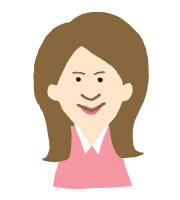


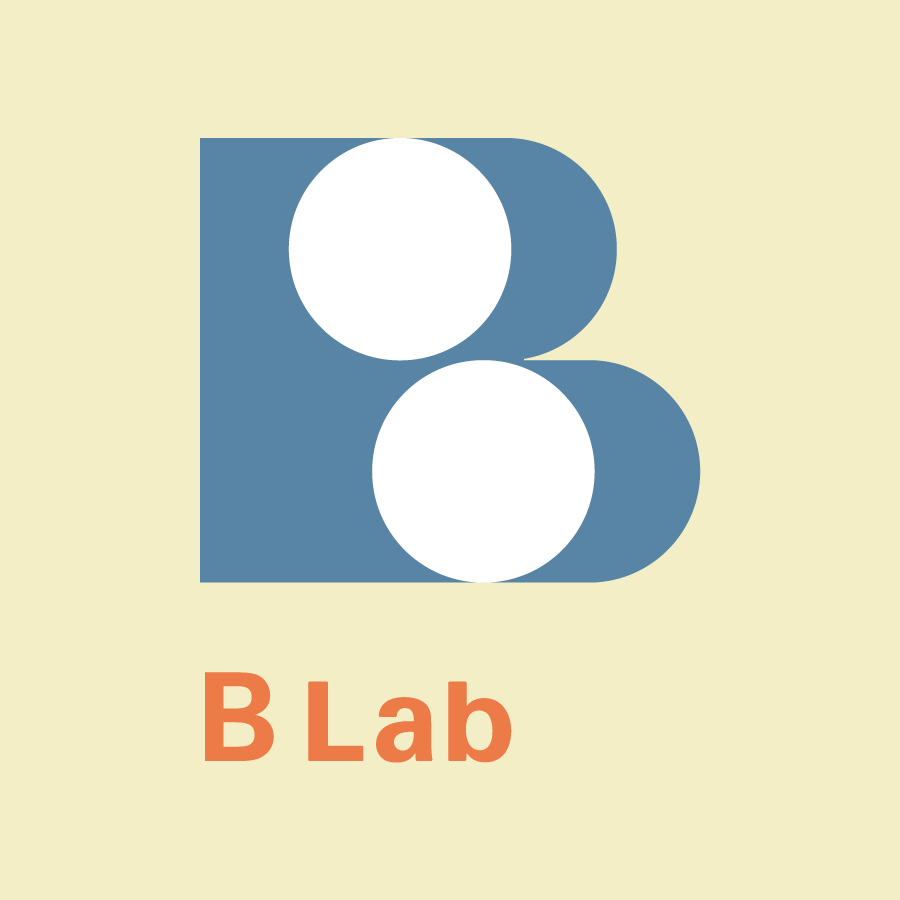
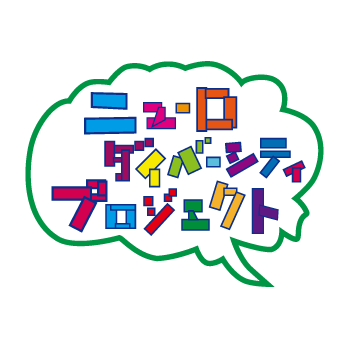
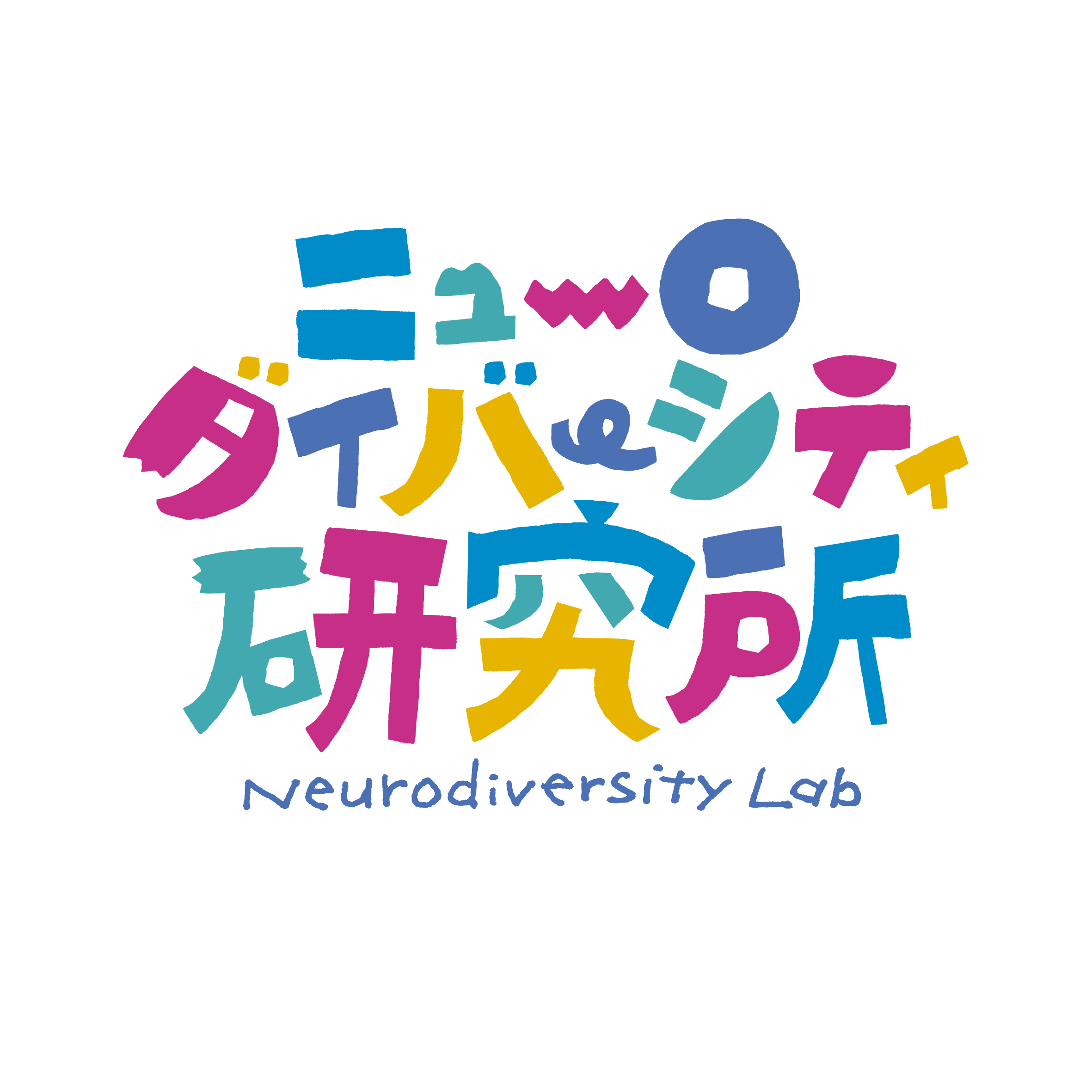
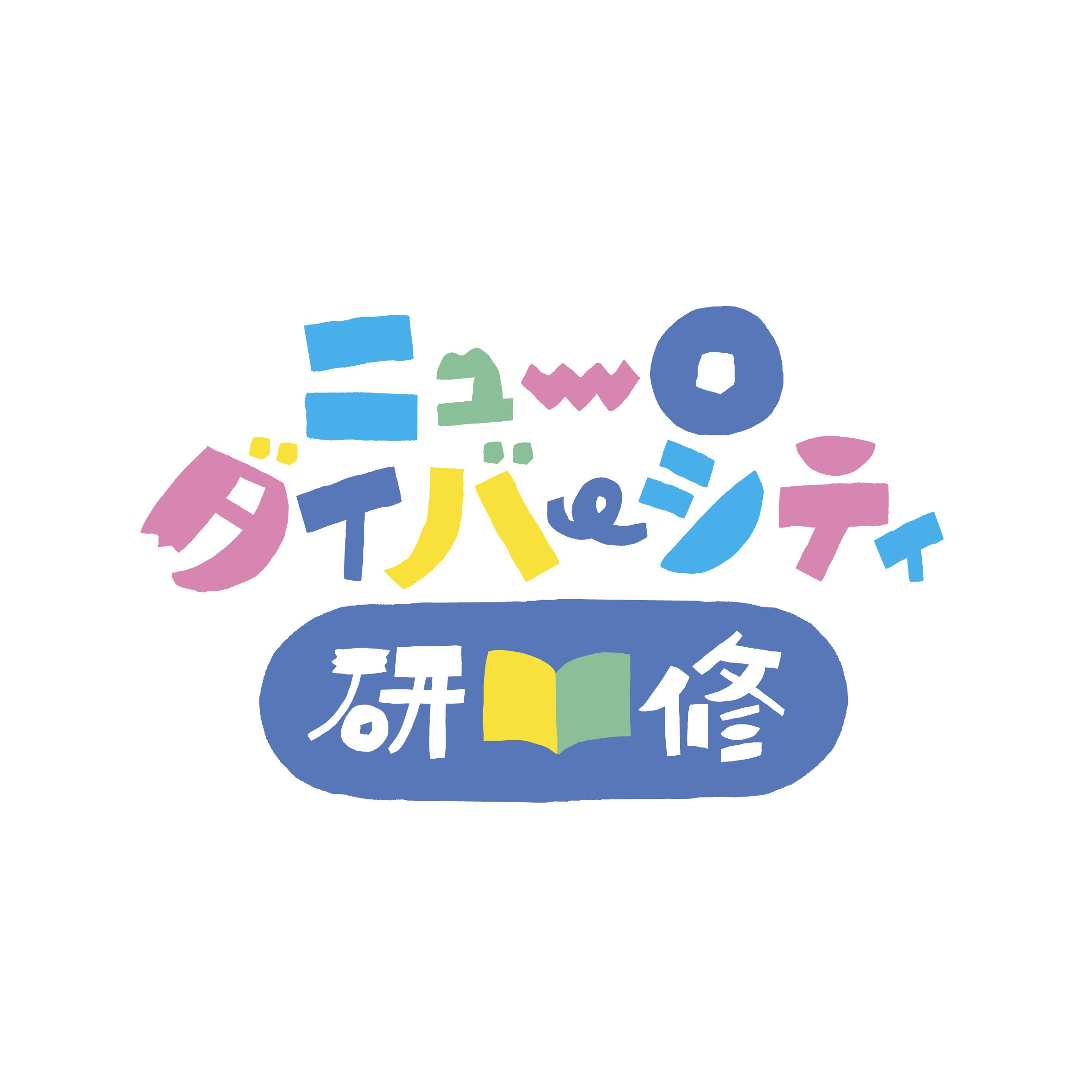

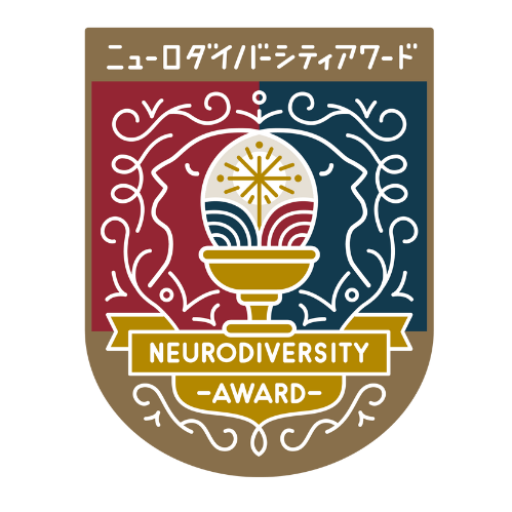
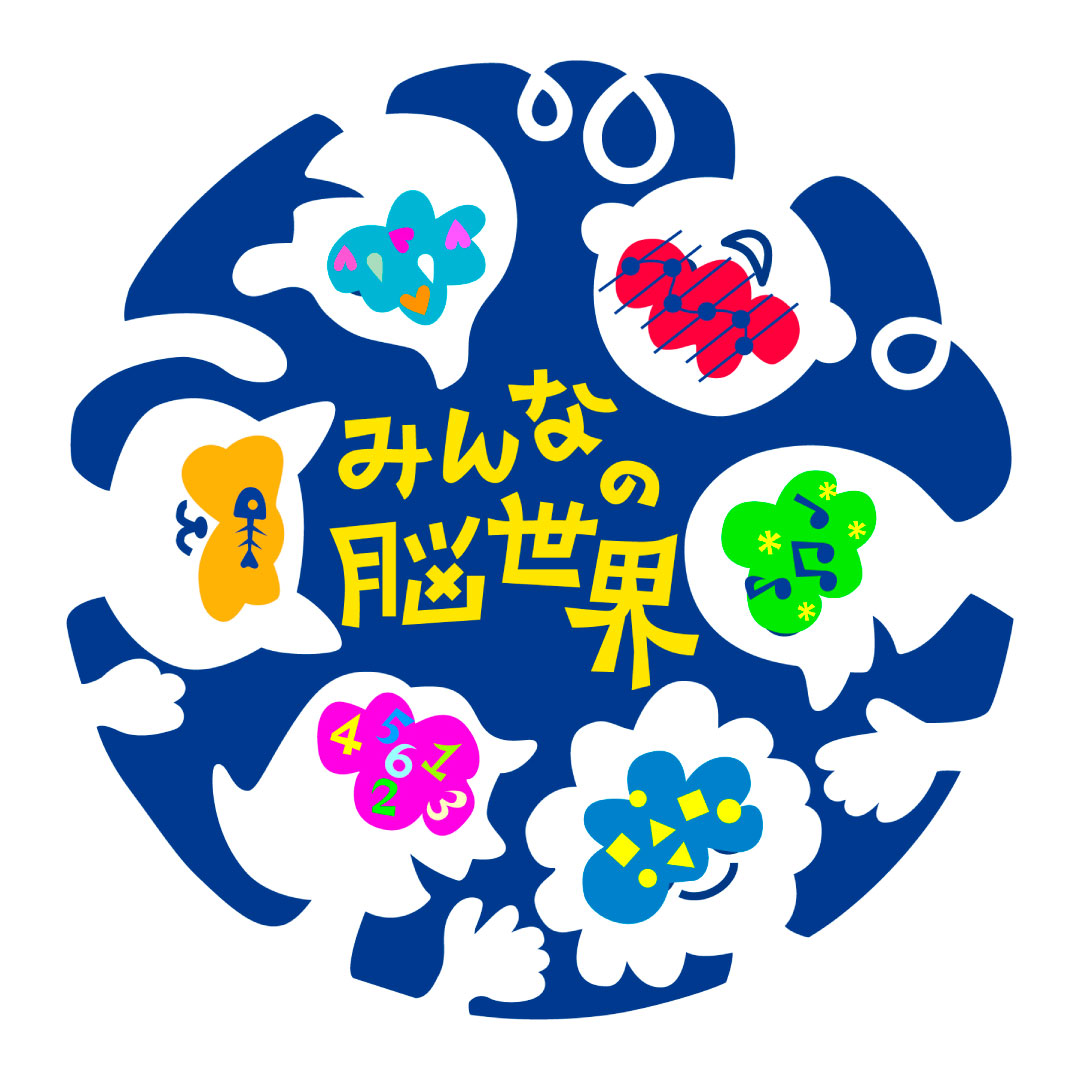


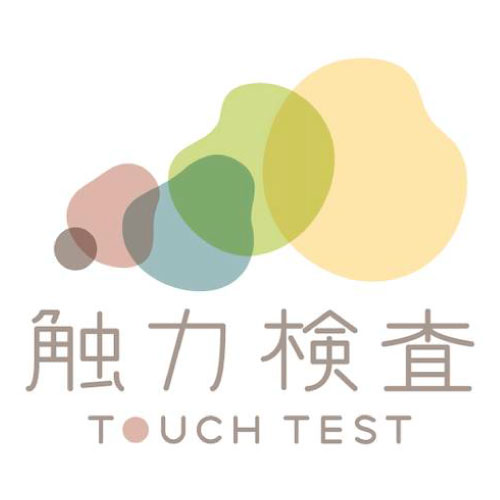
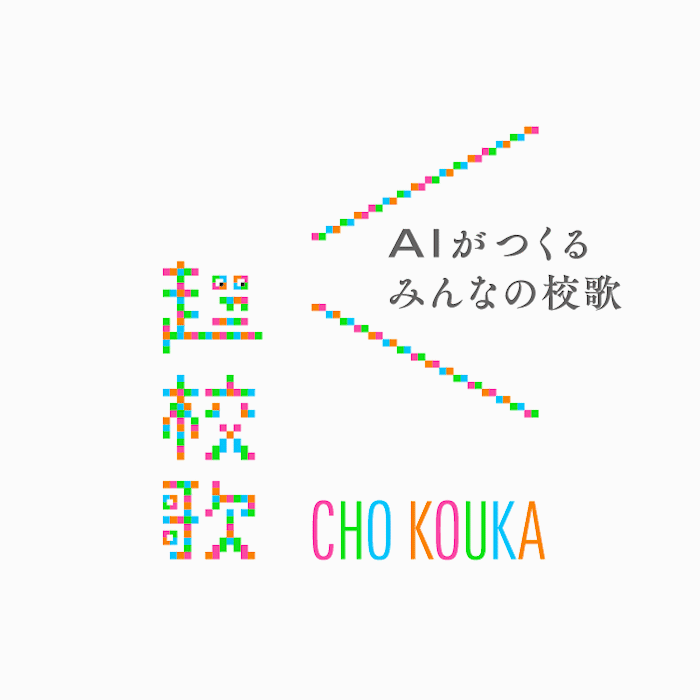
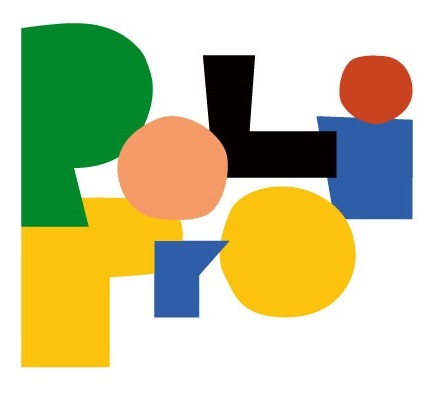
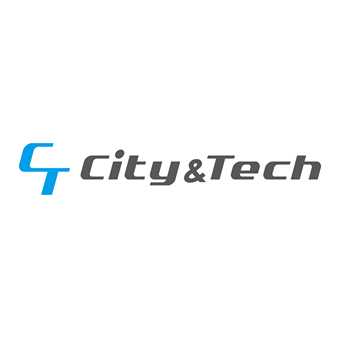
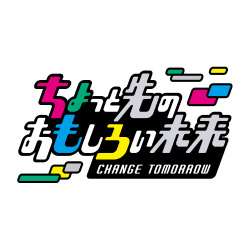
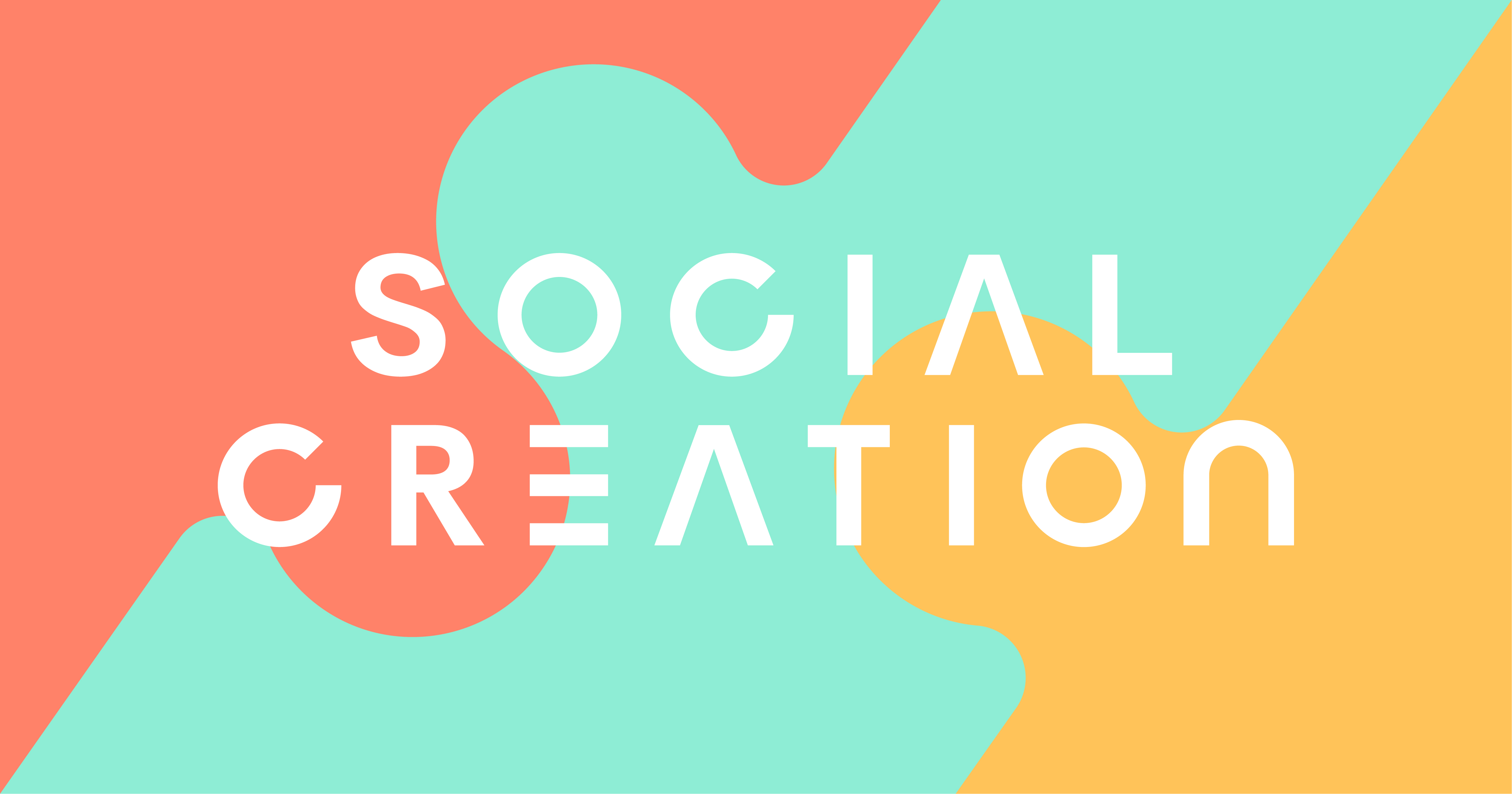



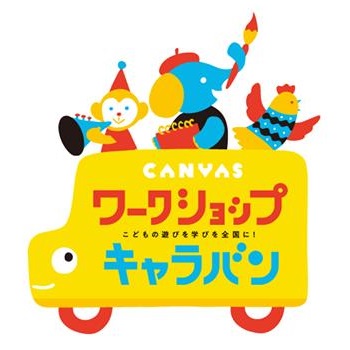
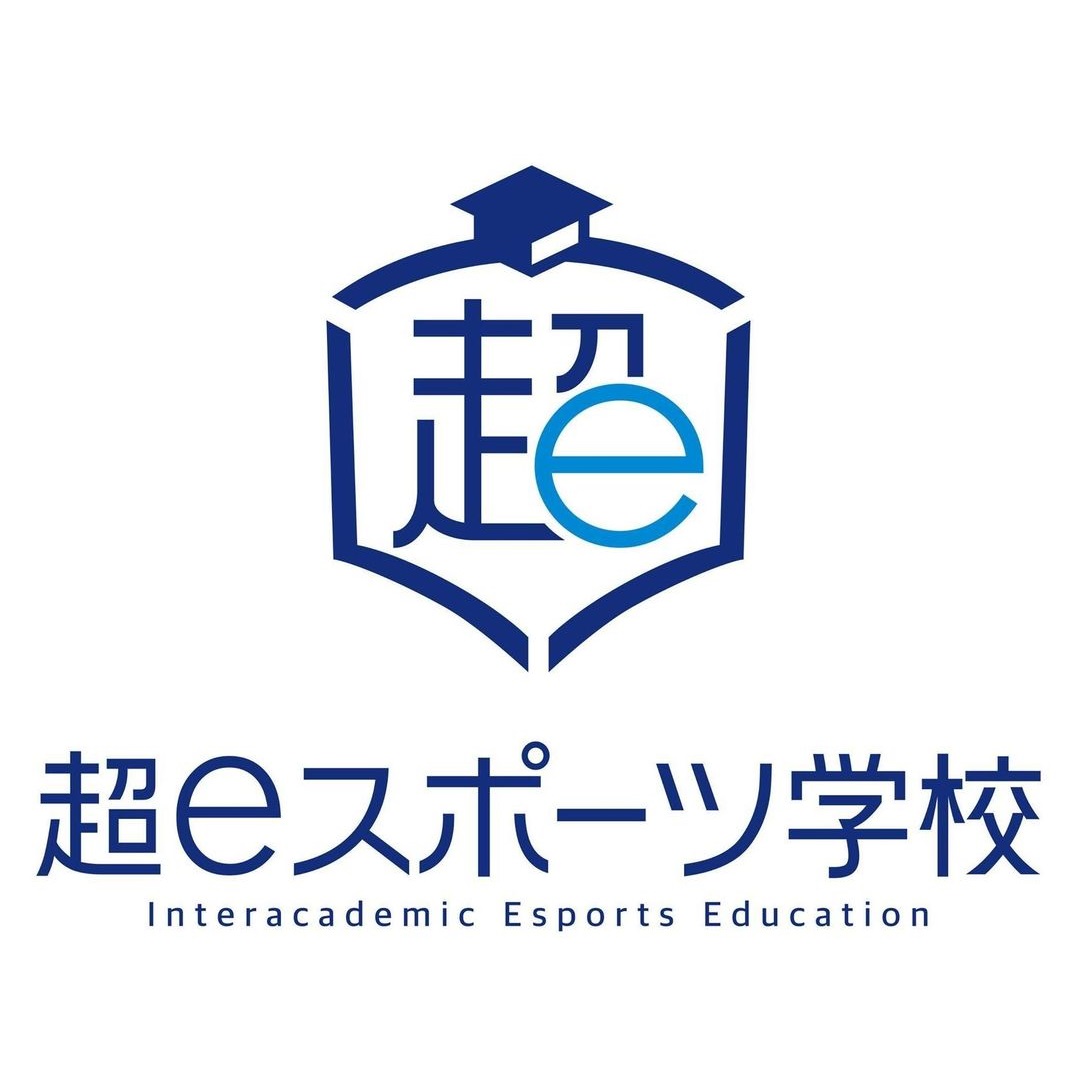
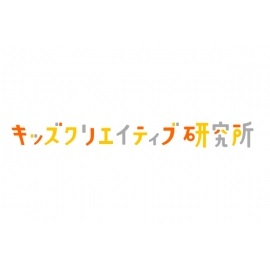

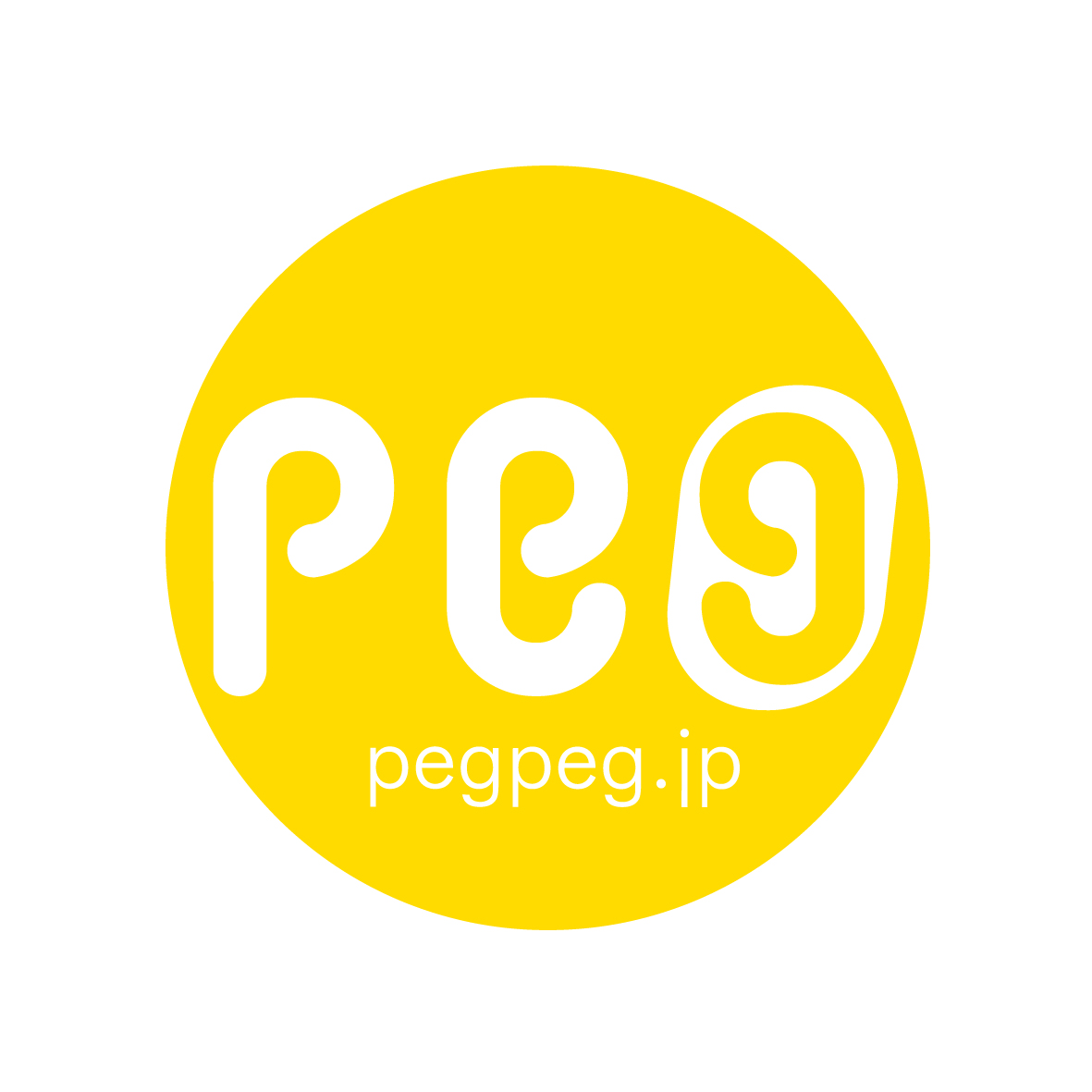
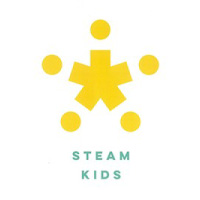

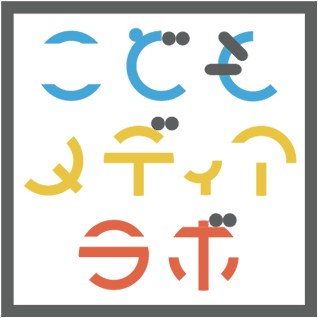
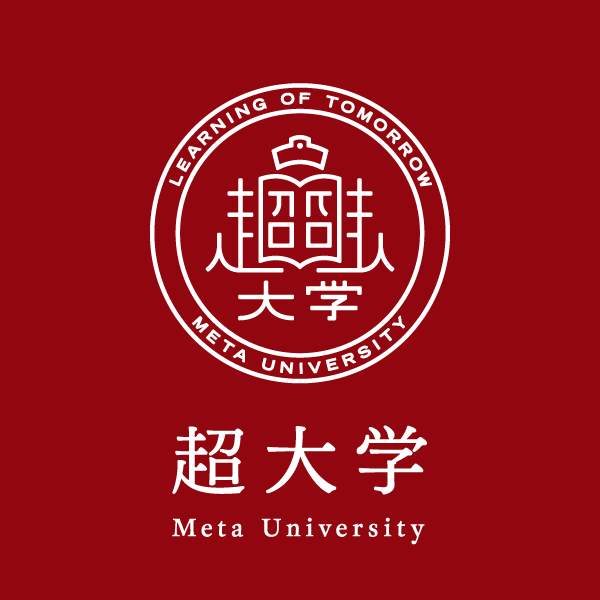

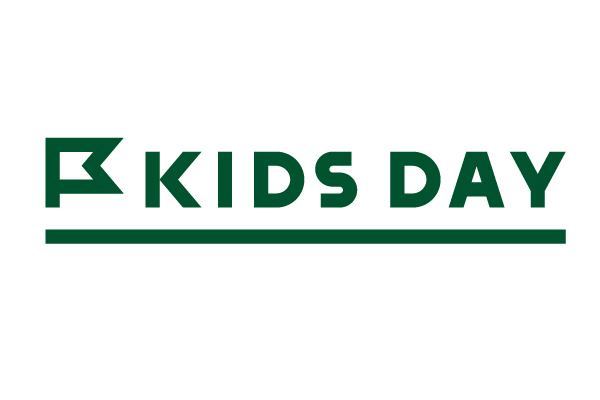



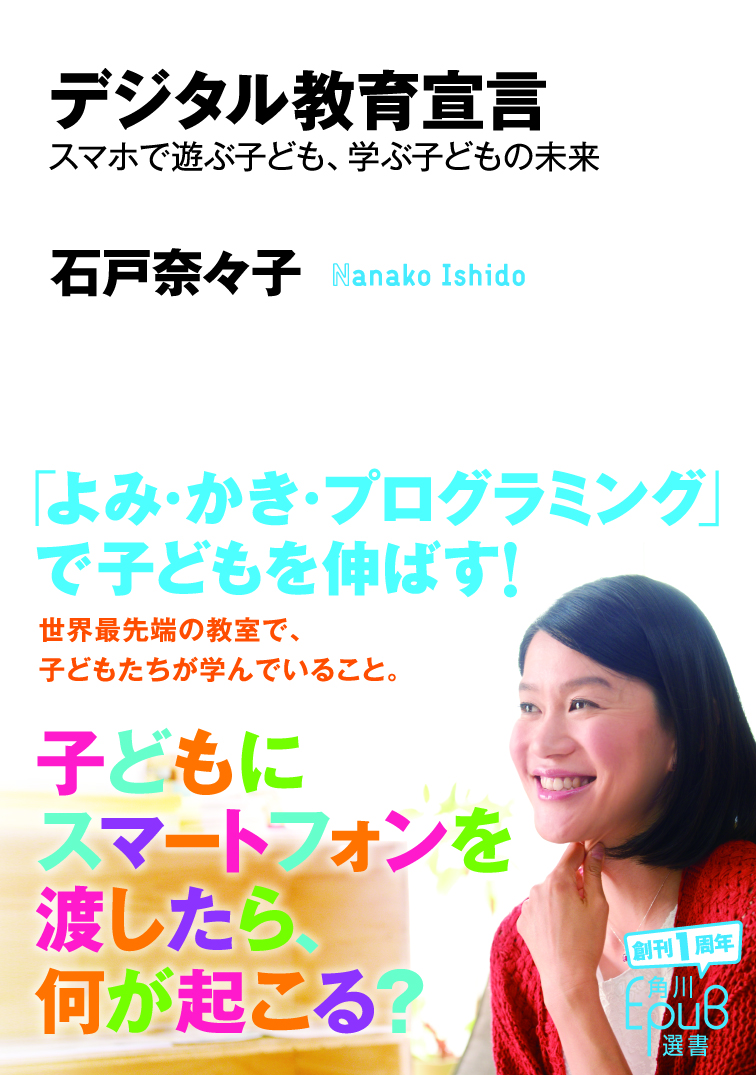

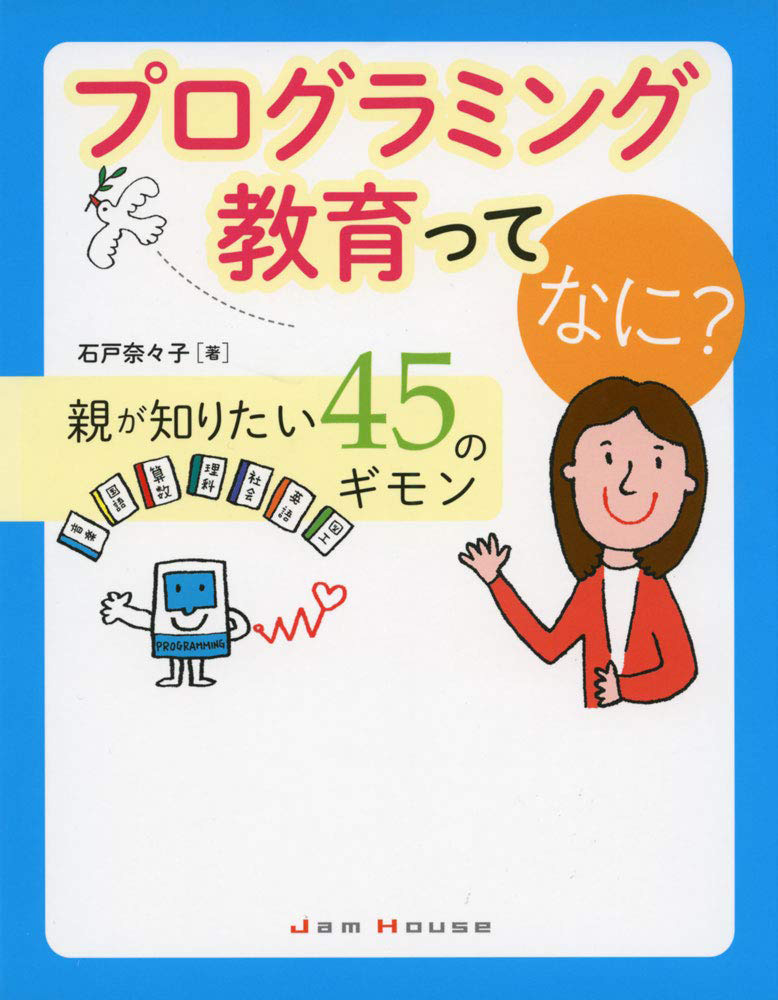


4052047885.jpg )

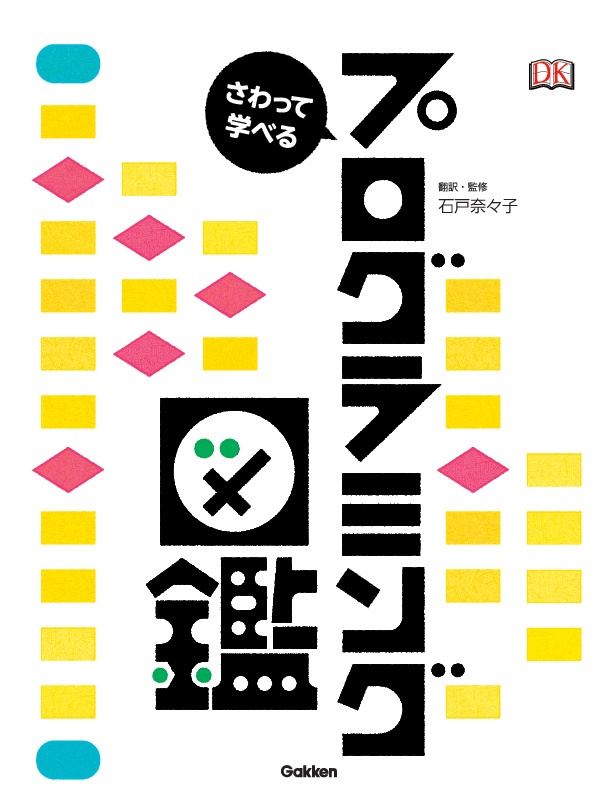





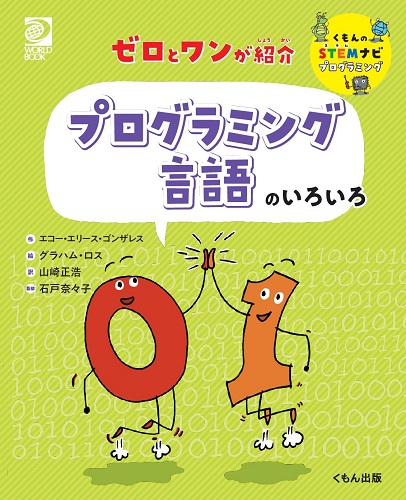
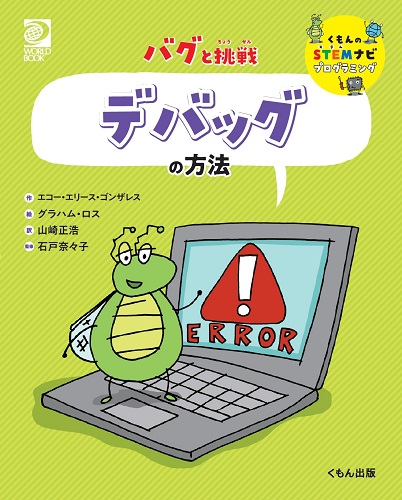
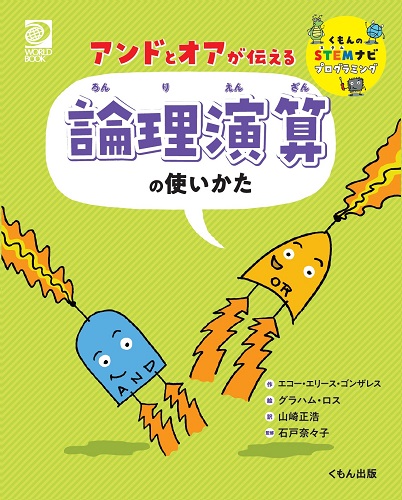
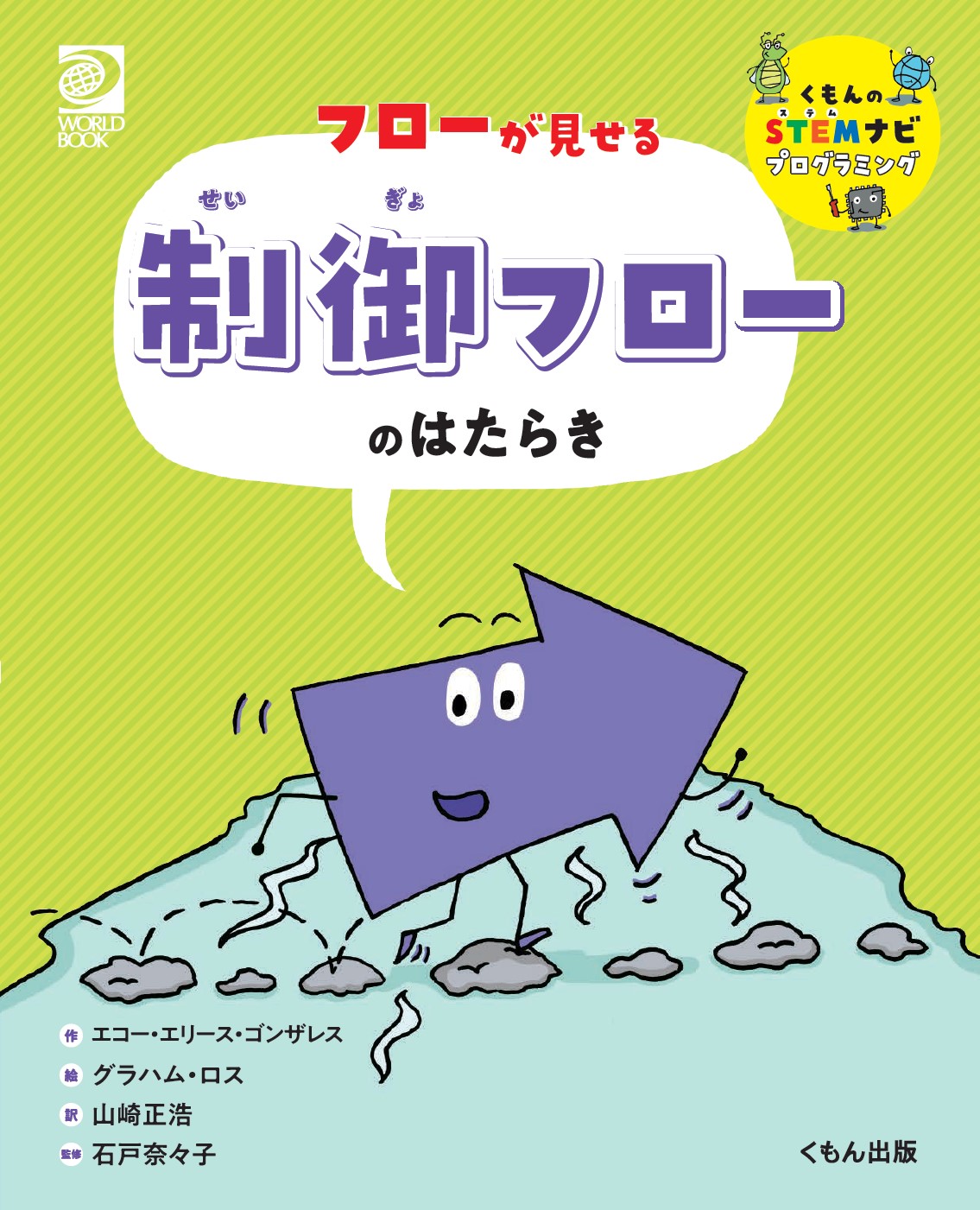

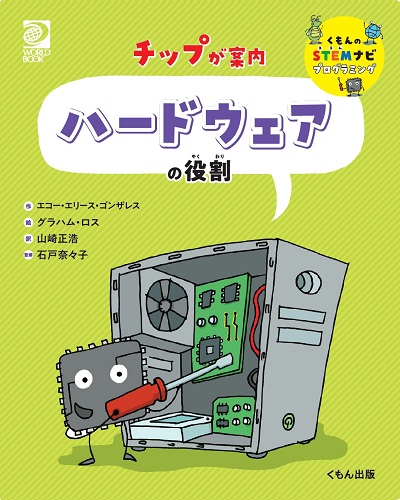
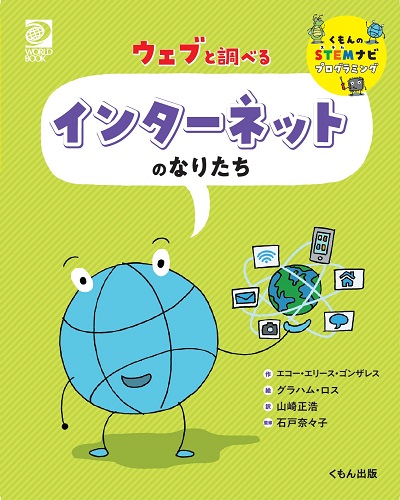
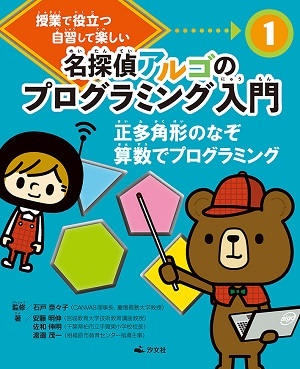
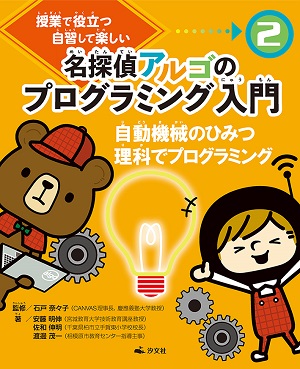
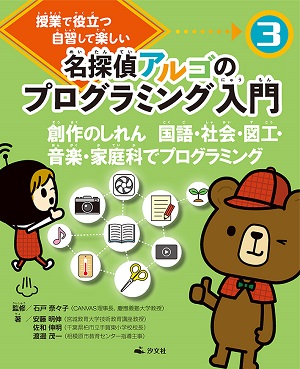

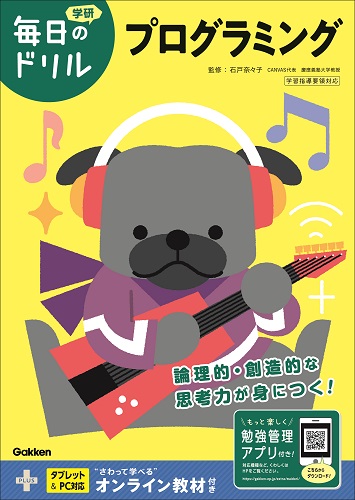

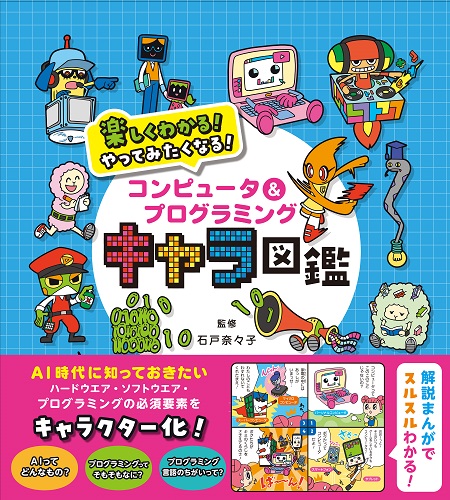

1.jpg)


